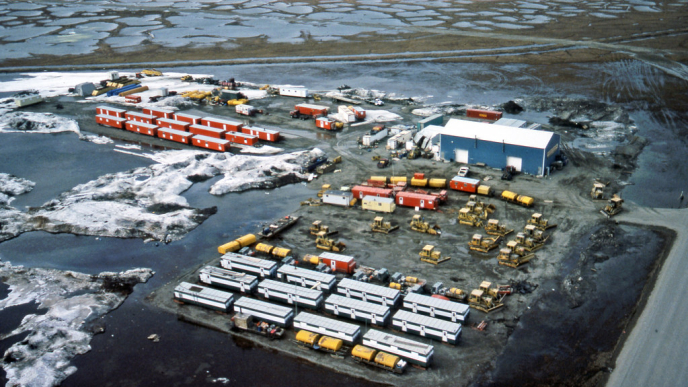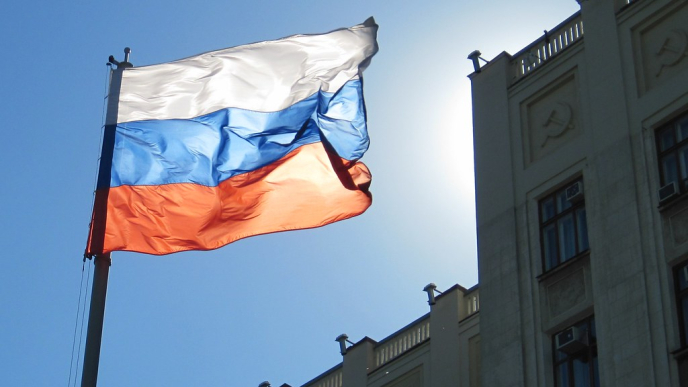Alaska Air Guard Evacuates Hundreds from Western Alaska
The Alaska Air National Guard C-17 evacuated over 300 civilians from the remote western coast of Alaska to emergency shelters in Anchorage, the latest in the military response to massive flooding caused by Typhoon Halong over the weekend. The crew flew the evacuation from Bethel, the only town along the impacted coast with a runway large enough to handle heavy cargo jets.
Many onboard had been rescued in recent days by Alaska Army and Air Guard teams, Coast Guard and state rescue workers who spent the previous several days finding and moving civilians from surrounding towns where homes and buildings had been left destroyed or uninhabitable by flood waters.
Military and state rescue forces had rescued at least 51 people in those remote villages over the weekend, officials said.
The storm received little attention outside the state, but left a trail of devastation through several coastal villages whose populations are mostly Alaskan natives. The flooding has torn buildings, including some homes, from their foundations and floated them away.
The rescues have taken place in the communities of Kipnuk and Kwigillingok, an Alaska National Guard news release says. At least one person has been killed by the storm and two are missing, the Associated Press is reporting. (Read more from “Alaska Air Guard Evacuates Hundreds from Western Alaska” HERE)
Photo credit: Alaska Air National Guard photo by Staff Sgt. Joseph Moon










